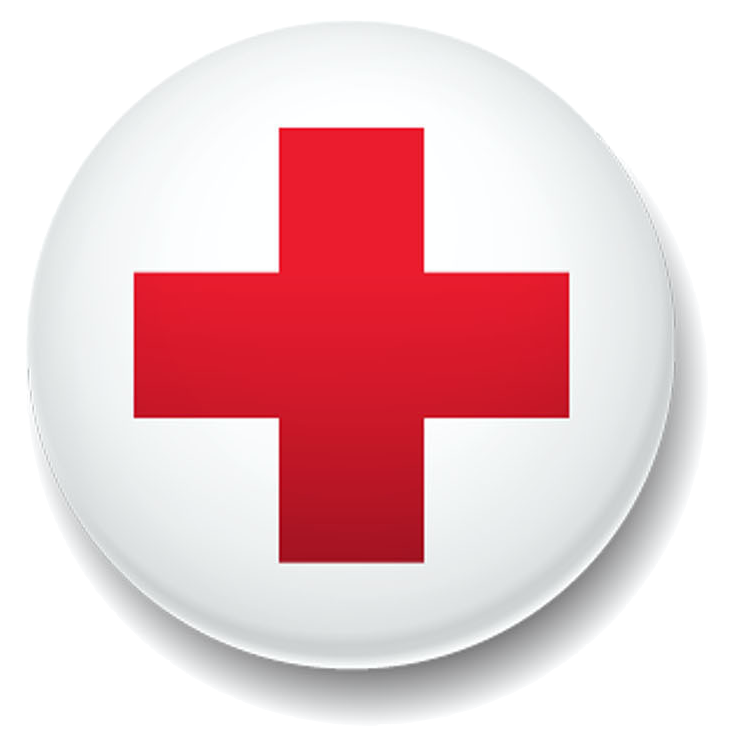By Jarrett Barrios, American Red Cross Los Angeles Region CEO
By now, most have heard about last weekend’s erroneous missile alert text that sent more than a million Hawaiians to seek shelter, when an internal message from the emergency missile warning system during a routine drill was inadvertently sent to the public in the surrounding area. Of course, panic ensued, causing many to text loved ones goodbye, and generally to fear for their lives.
The mistaken alert, while terribly unfortunate, provides an occasion for us to address a critical issue of preparedness. If you received a similar message, would you know what to do?
Our mission at the Red Cross is to assist people in the face of emergencies, which includes helping communities be prepared for the unexpected. As part of that effort, we focus on preparing for high-probability events – such as home fires, hurricanes, wildfires and flooding. We give these types of disaster risks the greatest deal of attention because they are the most probable, and therefore the most necessary to prepare for.
Nevertheless, it is worth some of our time to understand what a low-probability event would entail from a preparedness standpoint. In the case of a nuclear event, the Red Cross directs the public to our government partners’ safety protocols. More recommendations can be found via the Department of Homeland Security’s website, Ready.gov. As always, the Red Cross will continue to work closely with FEMA and the Department of Homeland Security to ensure our coordination with their response to any large-scale emergency.
Today and every day, our volunteers across the country are hard at work helping individuals and communities be prepared. We encourage residents to have an emergency kit—including a portable radio—listen to authorities, and have a family reunification plan in place.
Here at the Red Cross in Los Angeles, we have been working closely with Jeff Reeb, Director of the Office of Emergency Management at the Los Angeles County Emergency Operations Center, to support their recommendations for preparing for a nuclear event. Here’s what he recommends:
Have a Plan > This includes knowing how you will connect with your family and where you will safely shelter, inside of your own home.
Keep Supplies > This means to have a two-week emergency supply for every member of your family that includes food, water, and medications.
Stay Informed > This means to sign up for your local emergency notification system and listen to radio, television and other broadcasters for emergency messages.
In the event of a nuclear emergency, the CDC offers this infographic on what to do and where to go.
https://emergency.cdc.gov/radiation/pdf/infographic_where_to_go.pdf
We are grateful to the County of Los Angeles for their information and guidance.
No matter what, in the unlikely event of a nuclear blast, I believe that any protection is better than having none at all. And, while we certainly do not want to alarm anyone, just as we prepare for earthquakes and home fires, it’s good to know that there are safety guidelines and preparedness tips for any type of large-scale emergency or disaster.
 Jarrett Barrios is the Chief Executive Officer at the American Red Cross Los Angeles Region. But, above all, Jarrett Barrios is a humanitarian with more than 20 years of experience helping people in need throughout the United States and Cuba.
Jarrett Barrios is the Chief Executive Officer at the American Red Cross Los Angeles Region. But, above all, Jarrett Barrios is a humanitarian with more than 20 years of experience helping people in need throughout the United States and Cuba.
To learn more about Jarrett Barrios or the America Red Cross Los Angeles Region, visit RedCrossLA.org.





